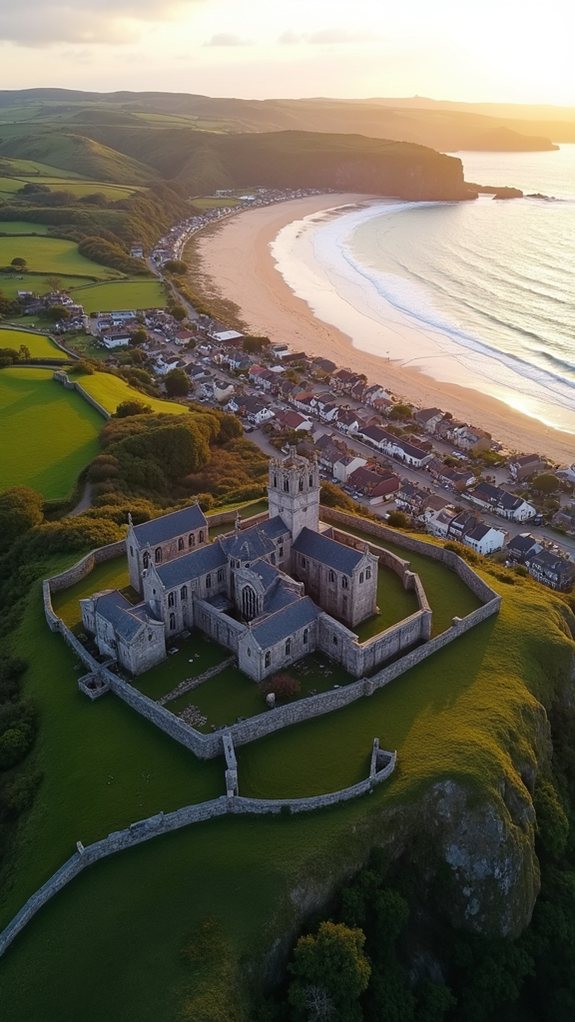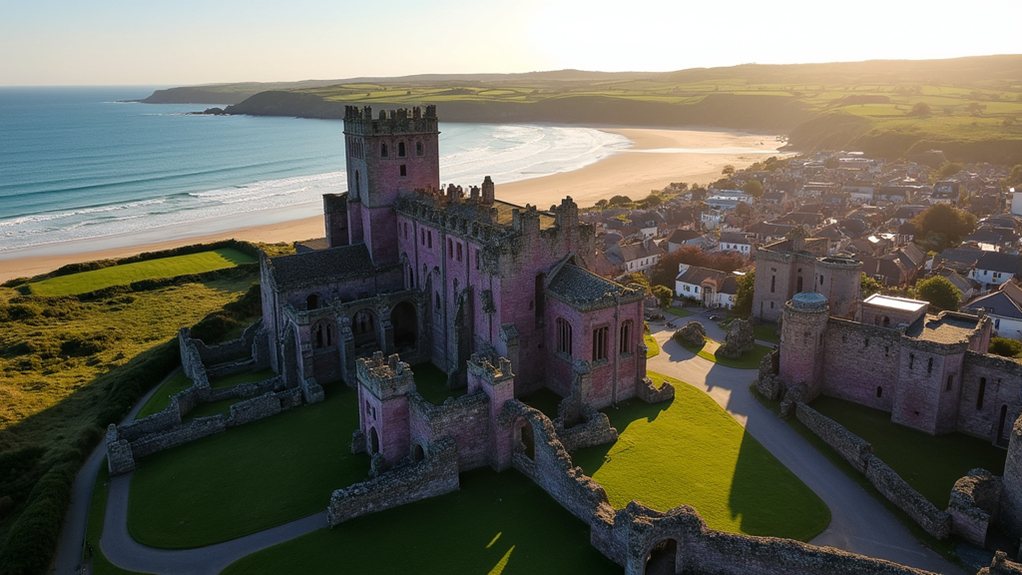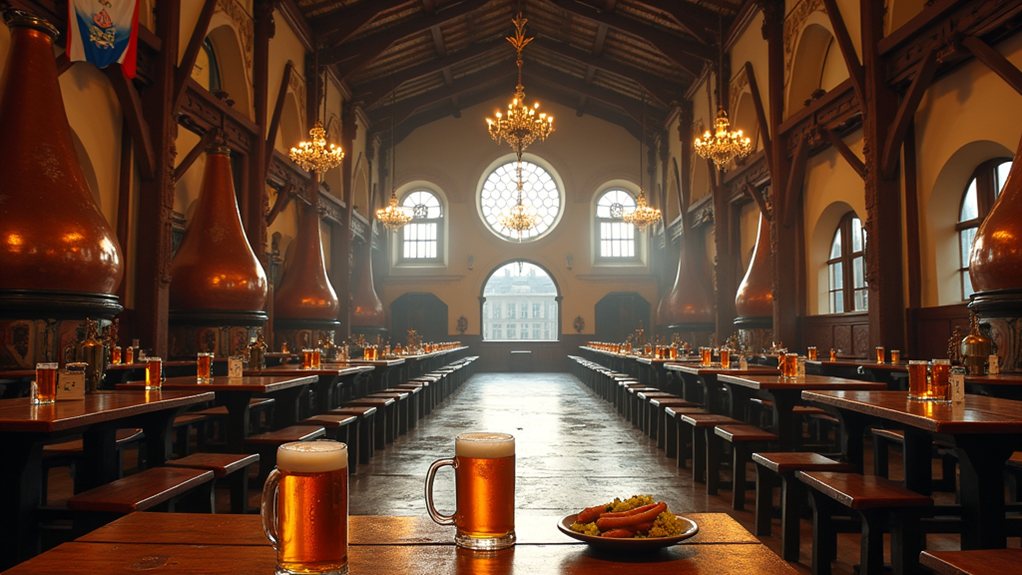St Davids, tucked away on Wales’ windswept Pembrokeshire coast, defies expectations at every turn. It’s earned city status despite housing fewer than 2,000 residents, making it the UK’s tiniest city by population. The purple-stone cathedral, dating to the 12th century, stands where St David himself once established a monastery. Visitors who stroll its narrow lanes uncover a place where ancient ruins neighbor golden beaches, and where every cobblestone seems to whisper tales of Celtic saints and seafaring adventures.
A Historic Gem on Wales’ Rugged Coast

Situated in the heart of Pembrokeshire Coast National Park, St Davids stands as Britain’s smallest city, with just 1,600 residents calling this Welsh gem home. Despite its diminutive size, St Davids carries the prestige of city status, granted by Royal Charter in 1995, making it a curious anomaly in Britain’s urban landscape.
The city’s rich history dates back to the 6th century when St David, Wales’s patron saint, established a monastery on the very ground where the magnificent purple-stoned cathedral now stands. This cathedral, a masterpiece of medieval architecture, once attracted pilgrims from across Europe, with the church decreeing that two pilgrimages to St Davids equaled one to Rome itself. St David, the founder of this religious site, was famously born during a storm.
A hallowed destination where medieval pilgrims found twice the spiritual value of journeying to Rome itself.
Adjacent to the cathedral, the ruins of the Medieval Bishops Palace speak to the immense power and wealth the church once wielded here. Visitors can wander through its grand halls, imagining the opulent banquets and political machinations that once filled these now-silent stones.
The natural beauty surrounding St Davids rivals its historical treasures. Whitesands Bay, a regular recipient of the European Blue Flag award, offers golden sands and crystal-clear waters. Adventure-seekers can book boat trips to nearby islands, spotting seals, puffins, and occasionally dolphins along the way. The entire area is accessible via scenic coastal paths that showcase the breathtaking Welsh countryside and shoreline.
St Davids’ close-knit community brings the city to life with events like the annual Cathedral Festival, where classical music echoes through ancient walls each May. Local cafes, art galleries, and a single cherished pub provide gathering spots for residents and visitors alike. The city has developed a vibrant arts scene with numerous galleries and studios where local artists proudly showcase their work. Like Bhutan’s approach to community wellbeing, St Davids prioritizes cultural preservation over rapid development.
Getting around requires some planning, as the nearest train station sits 16 miles away in Haverfordwest. Most visitors arrive by car or local bus, finding the expedition worthwhile for such a unique destination.
What St Davids lacks in size, it makes up for in character. Each stone in its narrow streets, each wave crashing against its rugged coastline, and each smile from a local resident tells part of the story of this remarkable place where history, natural beauty, and community spirit converge in Britain’s tiniest city.







